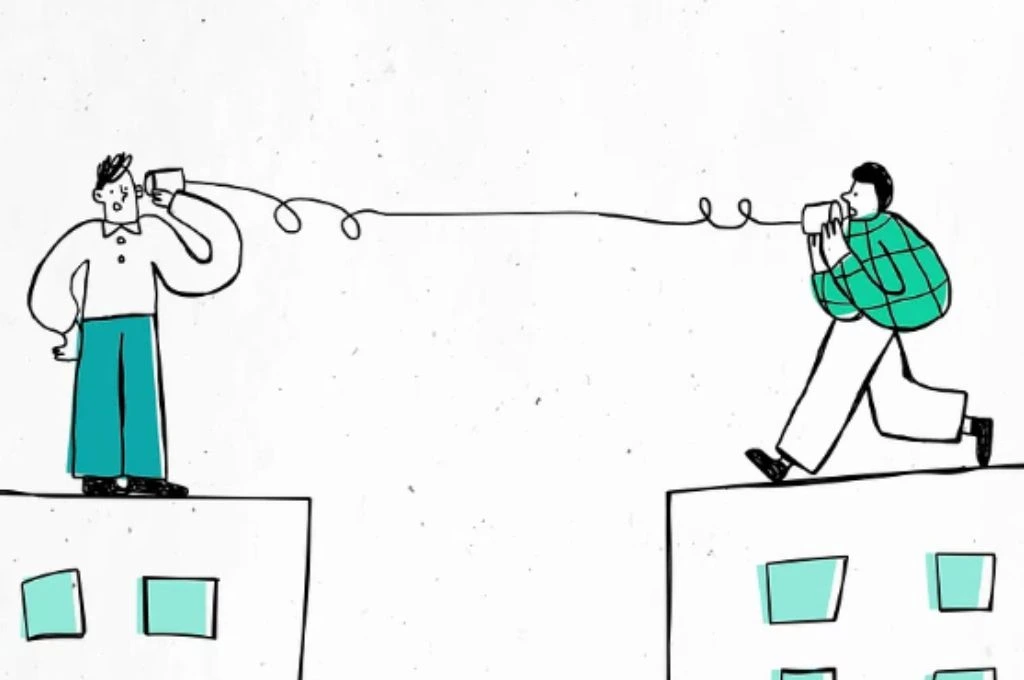Bond, a network of UK-based NGOs working in international development wants to challenge charities to stop using poverty porn when talking to the public on development issues.
Sorry, what’s poverty porn?
Well, you’ve probably seen it. Think ‘hard-hitting’ images of small, malnourished children looking mournfully into the camera with big eyes. They’re usually wearing dirty, ragged clothing and have flies buzzing around their face. If it’s a video, there’s often sad music in the background and words like ‘tragic’, ‘desperate’ and ‘plight’ are used. The aim is to generate sympathy and increase donations or support for a specific cause.
What’s wrong with poverty porn?
Critics have called it sensationalist, voyeuristic and exploitative. There are also concerns that such messages over-simplify development issues, and promote stereotypes and a ‘them and us’ mentality.
But every little helps, right?
There’s actually not much evidence that it even works. Research from University College, London shows that while this type of pity messaging plays on strong emotions and encourages people to donate, they disengage with the issues on a deeper level. It also encourages people to give money for the wrong reasons; they donate because they feel guilty about what they’re seeing.
Oh.
Poverty porn can also have the opposite effect. Negative imaging can actually encourage donor fatigue where people see the same images over and over again, to such an extent that they switch off.
Related article: Communications 101: Talking about your nonprofit
If it’s so bad, why do charities use it?
It’s hard to say but charities might look at what others are doing, think this sort of messaging works and try to replicate it. Also, some charities work with communications, marketing or advertising agencies on TV campaigns or direct marketing materials. The agency might suggest a concept they’ve seen work and will raise money in a short space of time.
I see. So what should charities do instead?
They should challenge the agencies that might come up with these ‘safe’ concepts; show them examples of the innovative, clever campaigns as evidence of how we can all be doing things differently.
Don’t say: “For only 39 cents a day you can provide water, food and medicine for these people.”
Do say: “We are all part of a global society and we can solve development problems together.”
This is an excerpt from the full article, which can be found here.





